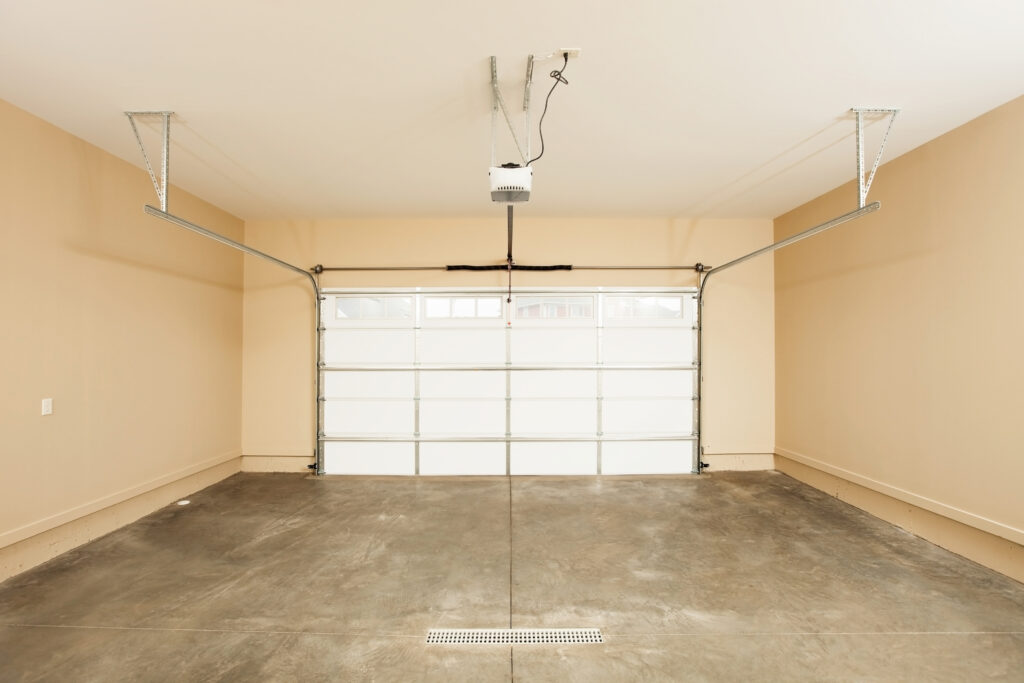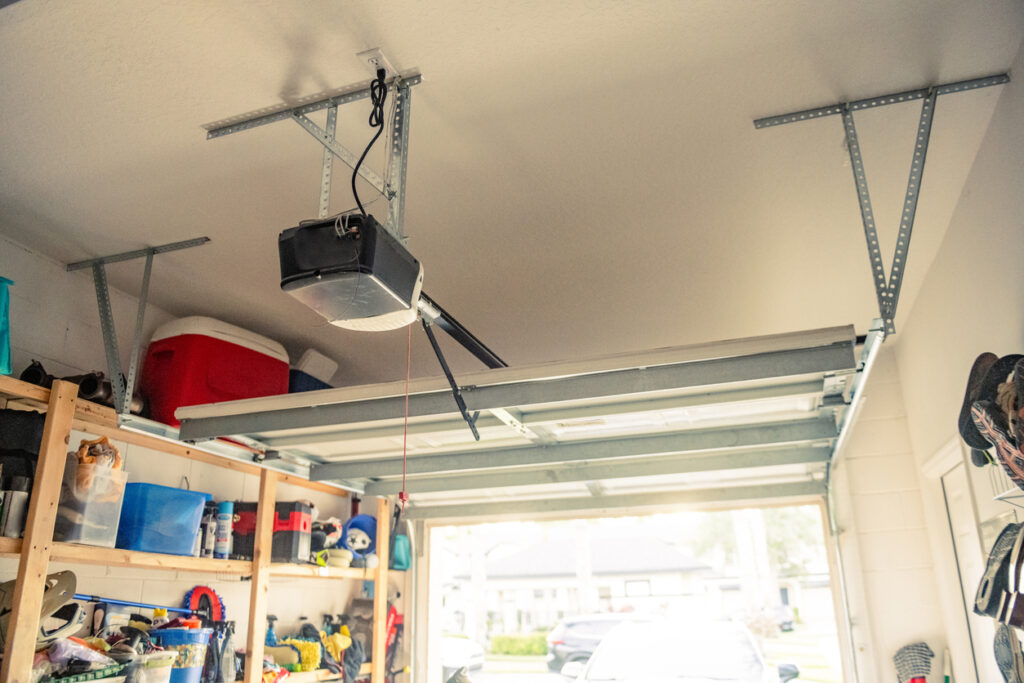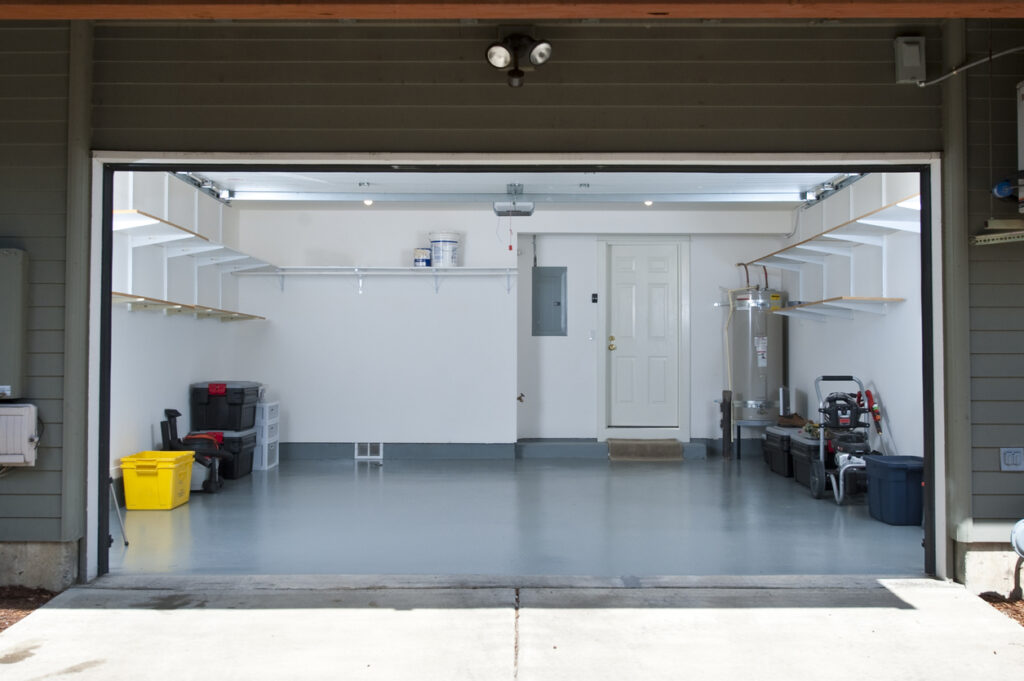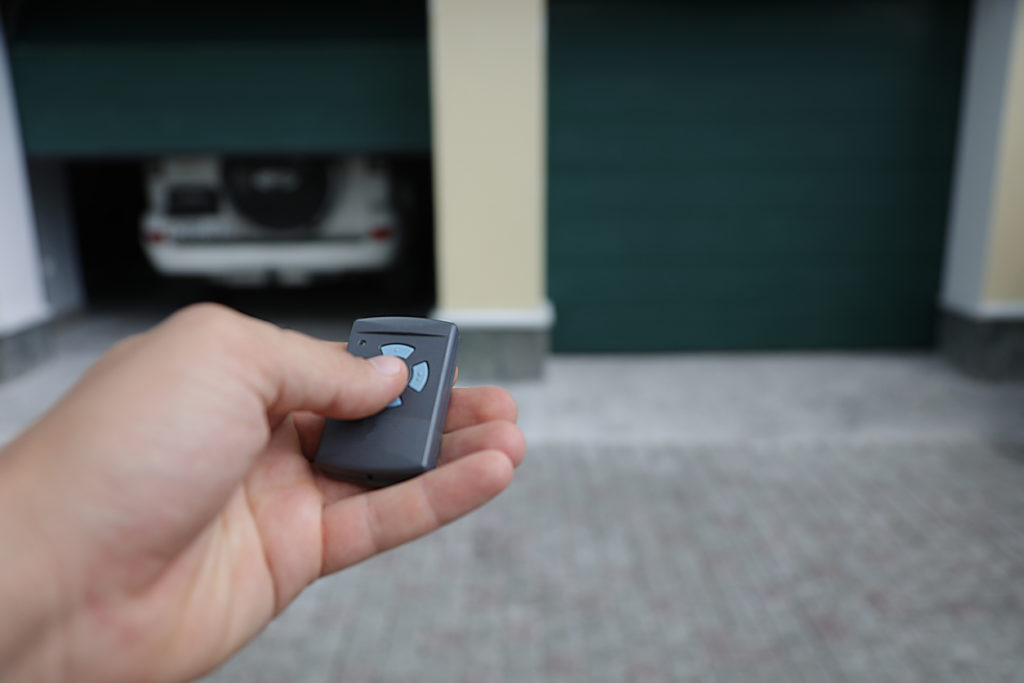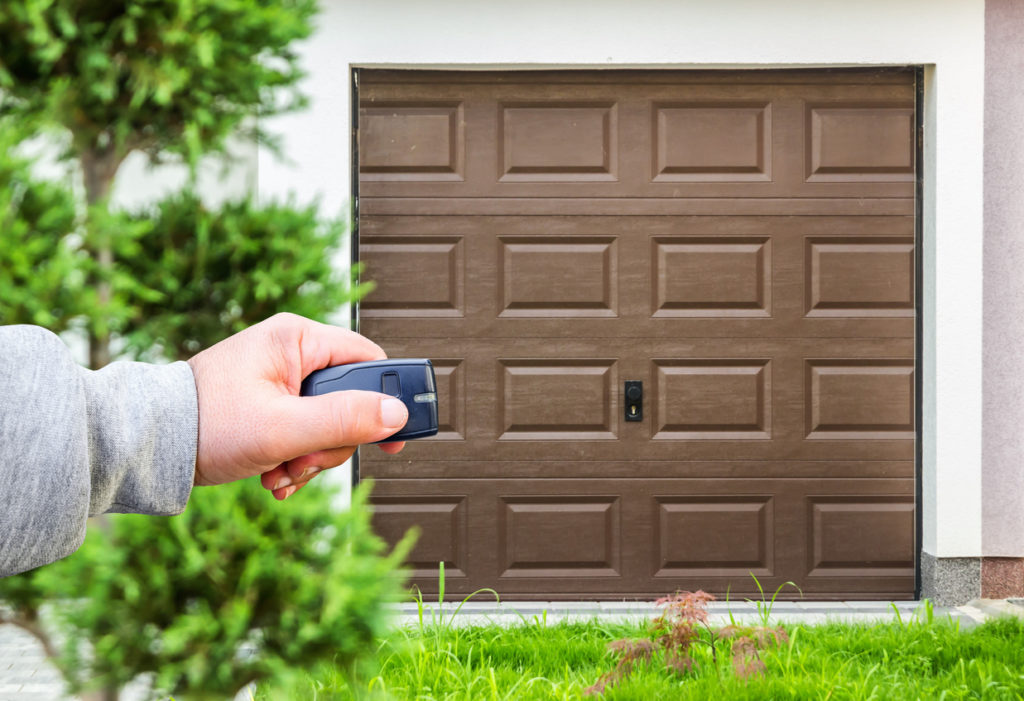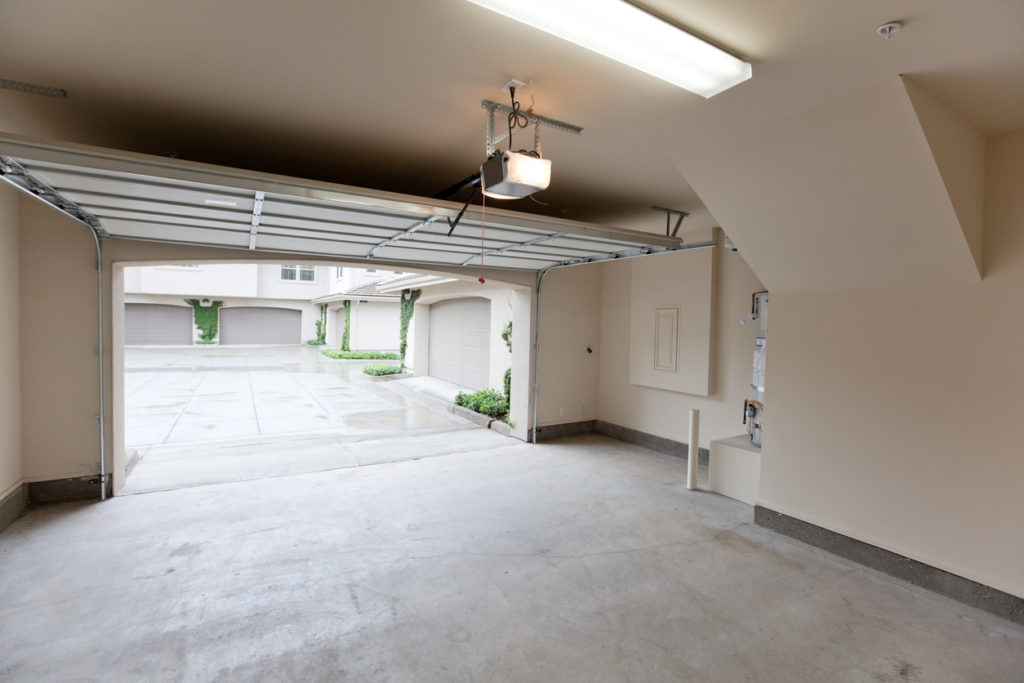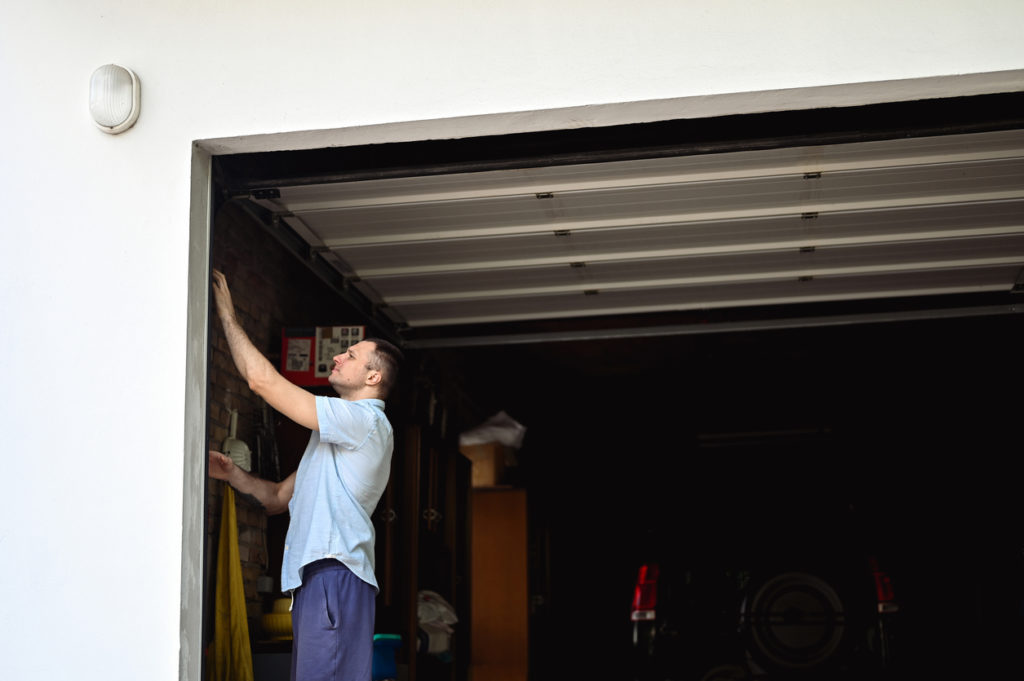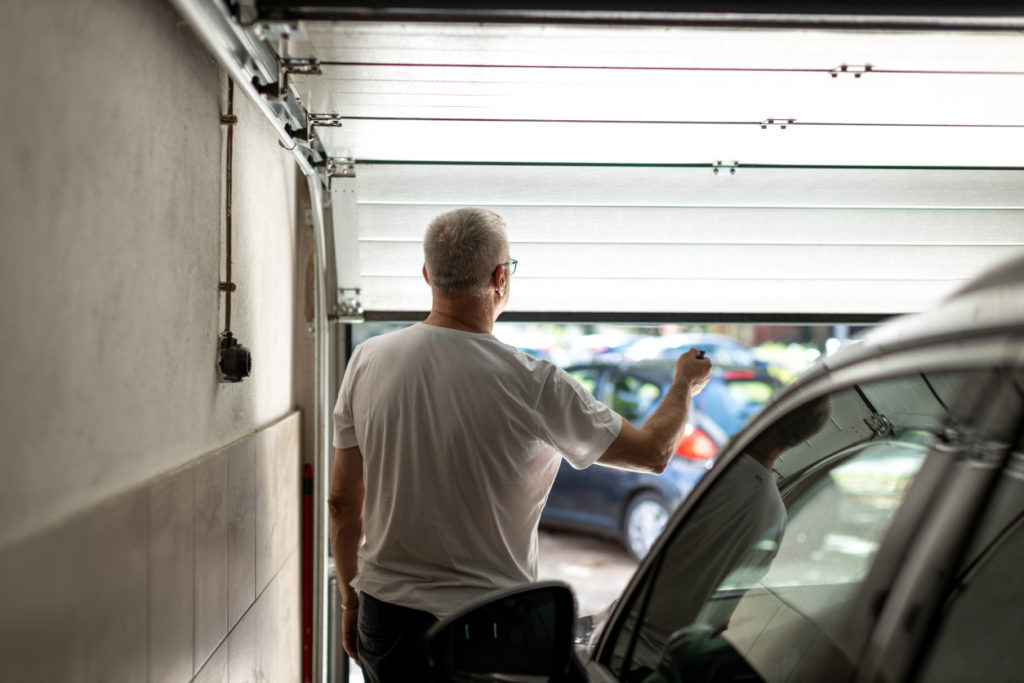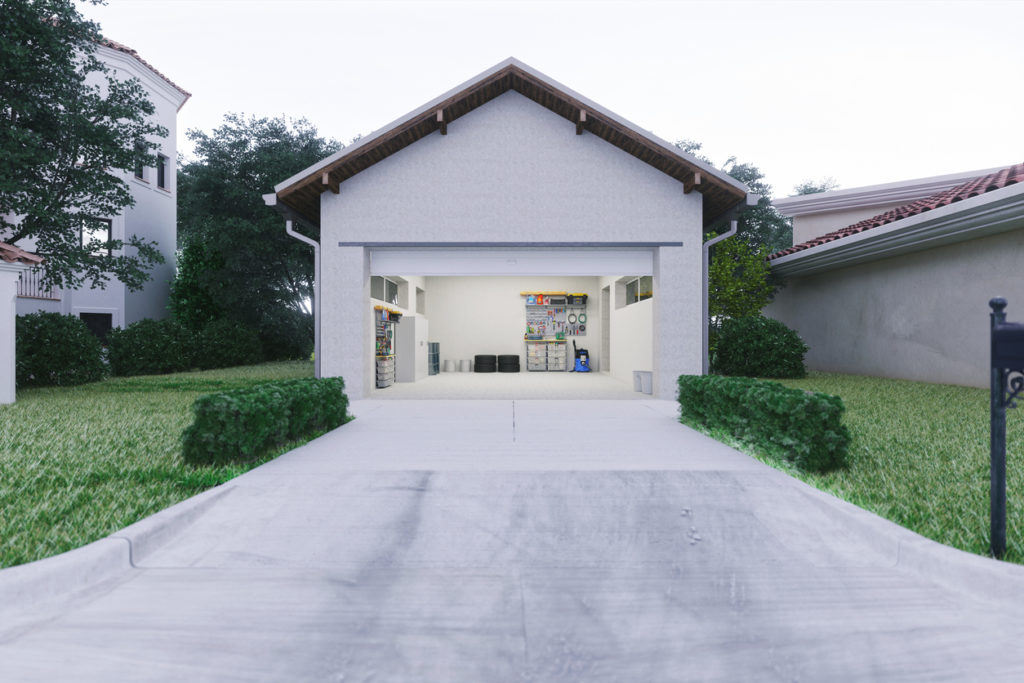Deciding between a belt vs chain garage door opener depends on your needs. Belt drives offer quieter, smoother operation—ideal for attached garages—while chain drives provide strength and affordability for heavier doors. Understanding the pros and cons of each helps homeowners choose the best option for performance, budget, and comfort. If you’re torn between a belt […]
Choosing Between a Belt vs Chain Garage Door Opener
